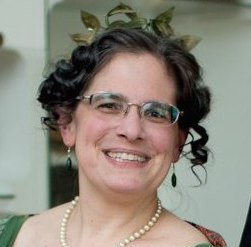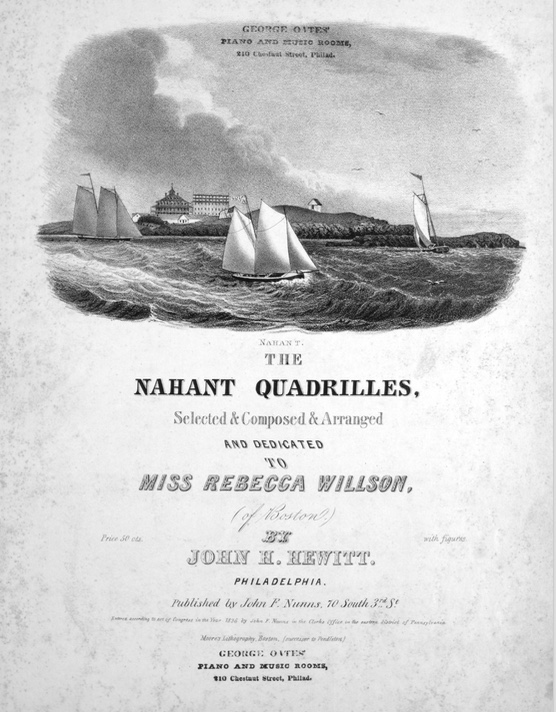Here’s a lively account of a jolly and slightly drunken masquerade held in Louisville, Kentucky, in 1843. This account has a little of everything: costumes, bad puns, a bit about the dances, and the effects of alcohol on the revelers. It’s too long a report to comment on every bit of it, but the entire thing is transcribed at the bottom of this post.
The report starts out with a lot of philosophy about the joys of masquerades, but the first really useful bit is that as in A Few Friends, the unmasking is done at supper-time, which was probably around midnight:
The unmasking at the supper table is often a great source of laughter and surprise, when it discovers the faces of numerous acquaintances who have been playing off their wit and raillery against each other all the evening, under their various disguises.
All sorts of people attended masquerades, which is part of what made them scandalous. In Kentucky, at least, this mixing was not to be feared, though I suspect the upper classes might have differed on this point:
(more…)


